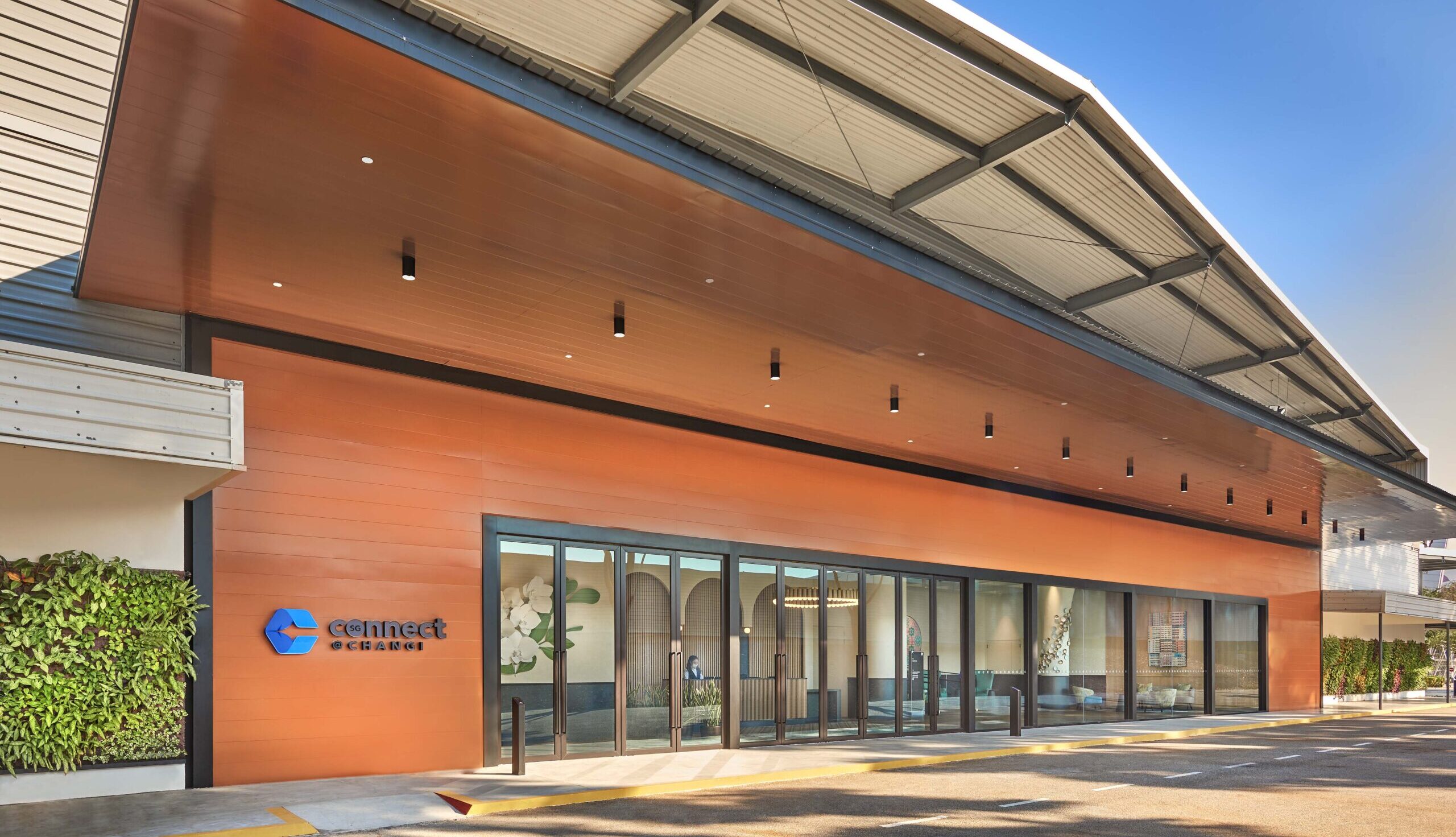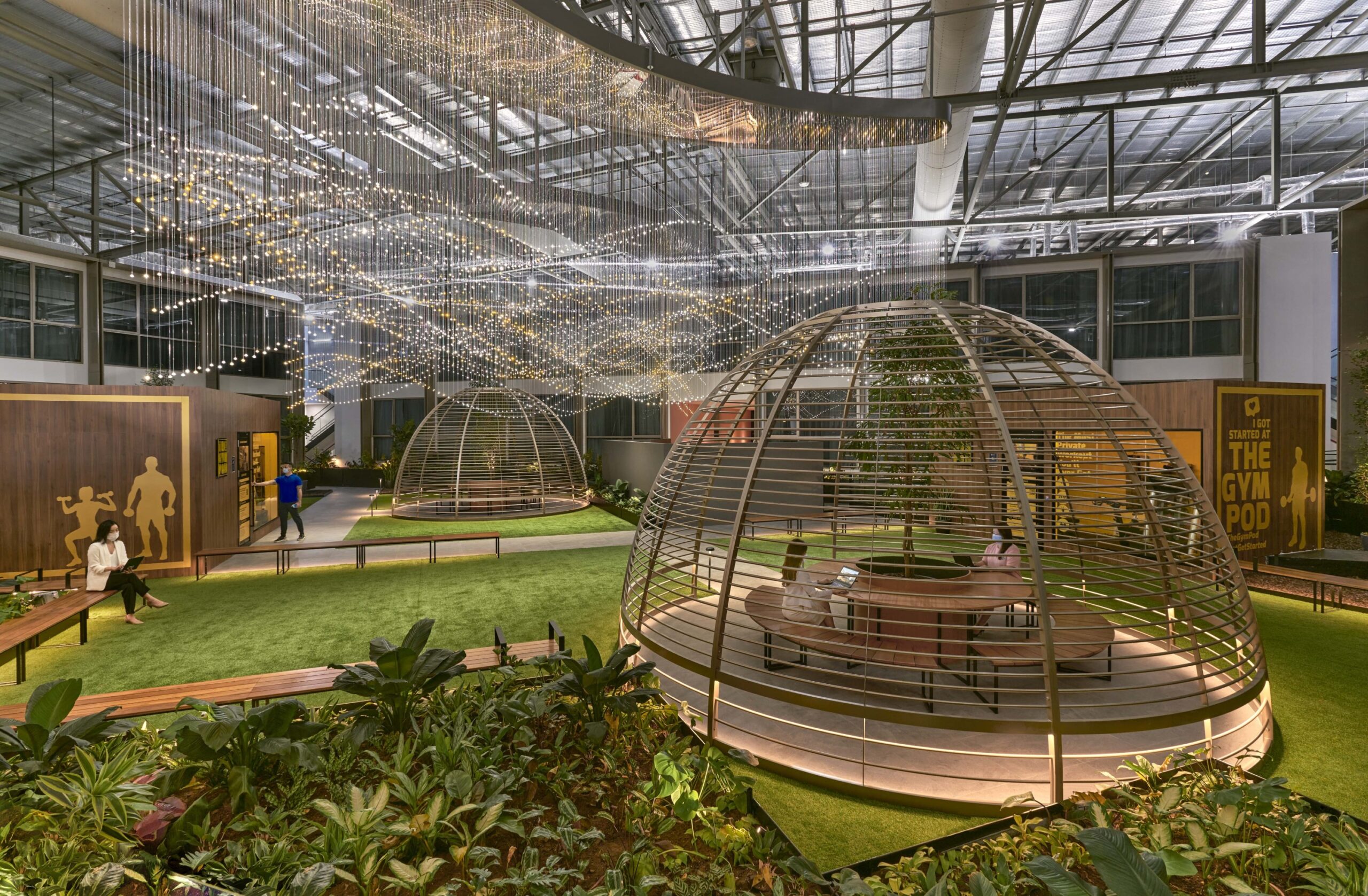Smart and Sustainable City Planning and Management Give Asset Owners Better Cost Control

By SJ Global Academy and Surbana Jurong’s Smart Cities Solutions
It has been a volatile two years for the construction sector with serious disruptions in work site activities brought about first, by COVID-19 pandemic cases in migrant workers’ dormitories last year, and now with the temporary measures on foreign workers’ entries into the country with the Delta virus variant.
Delays in construction work have had ripple effects through the entire project life cycle, piling cost pressures at almost every stage, from procurement and construction, right through to completion. Ultimately, consumers will have to pay more, whether in terms of time delays or the purchase price of homes and other facility rentals including offices, logistics facilities, factories and warehouses.
Surbana Jurong’s quantity surveying and cost management consultancy, Threesixty Cost Management, estimates construction tender prices to have inched up by close to ten per cent over the past two years. Contractors now have to take into account worker shortage, additional compliance requirements for safe worker lodging, transportation and work site risks resulting from productivity losses under the ever-evolving safety enhancing requirements. The labour crunch situation will be volatile for the next few years as the COVID-19 situation evolves. Some foreign workers have departed permanently as wage differences in Singapore and their home countries narrow. For example, workers from China are now reportedly getting the same level of pay in China, as they were previously in Singapore.
Time to Reframe Cost Perspectives
It is useful to examine costs from a whole project life cycle perspective against the current climate where cost containment is a priority. Most asset owners tend to focus on capital expenditure instead of the whole life cycle cost. In reality, operations and maintenance costs typically account for 65 per cent of the overall lifecycle cost, and capital cost the remaining 35 per cent. Against this backdrop, digitisation of building design processes and the management of built environment projects are giving stakeholders greater control of productivity and costs, particularly in the design and management of assets. It also gives them the opportunity to lower their carbon footprint. Smart tools can help asset owners achieve operational efficiencies and help ease the pressure on operational and maintenance costs. Not surprisingly, Covid-19 has accelerated digitisation on many fronts.
At the height of the pandemic in 2020, Design for Manufacturing and Assembly (DfMA) principles were useful in keeping design and planning work going. It has proven possible to apply Building Information Modelling (BIM) to design on a common design environment on the cloud. When the multi-agency taskforce in Singapore announced the current phase of heightened measures, designers, engineers and planners switched to collaborating remotely, with minimal impact on productivity.
Even project management at construction sites has turned digital. BIM, drones, web-based cameras and unmanned autonomous vehicles have now become critical to monitor and inspect project sites remotely. This technology solution will improve further with 5G; for one, drone pilots will be able to operate machines remotely.
The last part of the project life cycle – the facilities management stage – has been a key focus area in the Building and Construction Authority’s “Construction and Industry Transformation Roadmap”. Digital facilities management presents the greatest opportunity to maximise operational efficiency by leveraging smart facilities management tools. By 2025, more than half of the buildings in Singapore will be 30 years or older and will require more maintenance. Apart from the building infrastructure, there are lifts, escalators, electrical systems, pipes, air-conditioning and other aspects to upkeep. This will be challenging, considering that FM is still heavily workforce-intensive and reliant on an ageing workforce. To meet the challenge head on, the industry needs to integrate technology into processes and systems to manage building facilities.
Data aggregated by IoT sensors, digital twins and Artificial Intelligence hold clues to managing safer and healthier highly dense urban spaces. Analysing data trends from temperature, humidity, occupancy sensors deployed in a space allows building managers to ensure the health and safety of the users of a particular building is not compromised and minimise the risk of assets being left stranded.
Controlling the Costs of Building Materials
The cost of raw materials has been on the rise, adding to bottom line pressures for contractors. Circular economy champions are advocating Building Material Banks or BAMB technology to help asset owners and contractors control costs better. Essentially, BAMB enables developers to recycle building materials in rejuvenation and redevelopment projects, reaping the double benefit of reducing the over reliance on raw materials whilst minimising carbon emissions. BAMB focuses a one stop for all the material information rials and saving the earth at the same time. Asset owners should start thinking about multiplying the use of buildings they develop, so that infrastructure can be amortised for a longer period.
Asset owners can exercise greater control of costs with smart city planning and management and work towards achieving sustainability goals. They can calibrate from the outset, the proportion of recyclable building material they want to use against raw materials which they will need to import, how to maximise the productivity of labour on-site and off-site during construction, the level of automation and AI they want to leverage, and how much carbon they want to reduce to meet sustainability targets.
Covid-19 has also nudged asset owners into amortising their real estate and reimagining multiple uses for a facility. Connect @ Changi, the world’s first meeting bubble facility at Singapore Expo showed the world how spaces can be designed for multiple uses, taking into account pandemic scenarios (refer to Illustrations 1 & 2). MRT stations, vacant school premises, large surface and multi-storey carparks have the potential to be reconfigured. The cost of infrastructure will inevitably rise, taking these contingencies into account. However, the silver lining is that the shell and core of the building including infrastructure can gradually write off the capital expenditure, whilst protecting the environment from carbon and demolished sites.

Today, we are seeing only a preview of how technology is capable of transforming the urban environment. Smart City solutions predicated on digitisation are helping cities get more out of their assets, whether new or legacy. Now, with the right combination of traditional construction and smart solutions, the built environment can respond more dynamically to changing demands.
This article was first published in The Business Times, 1 July 2021, and has been repurposed for SJ Perspectives.


